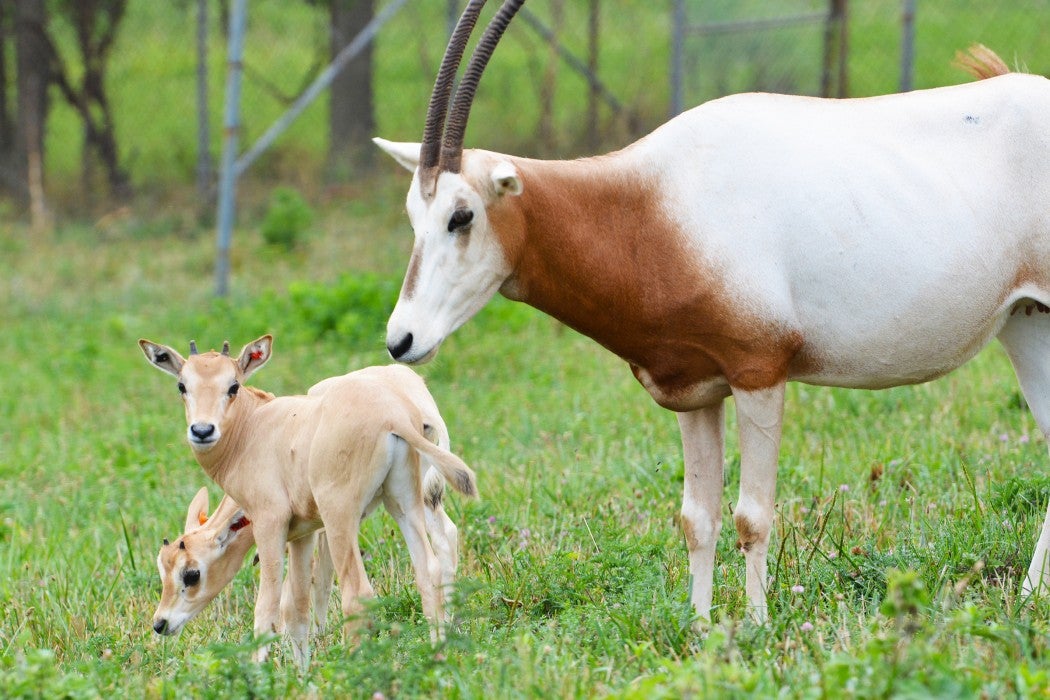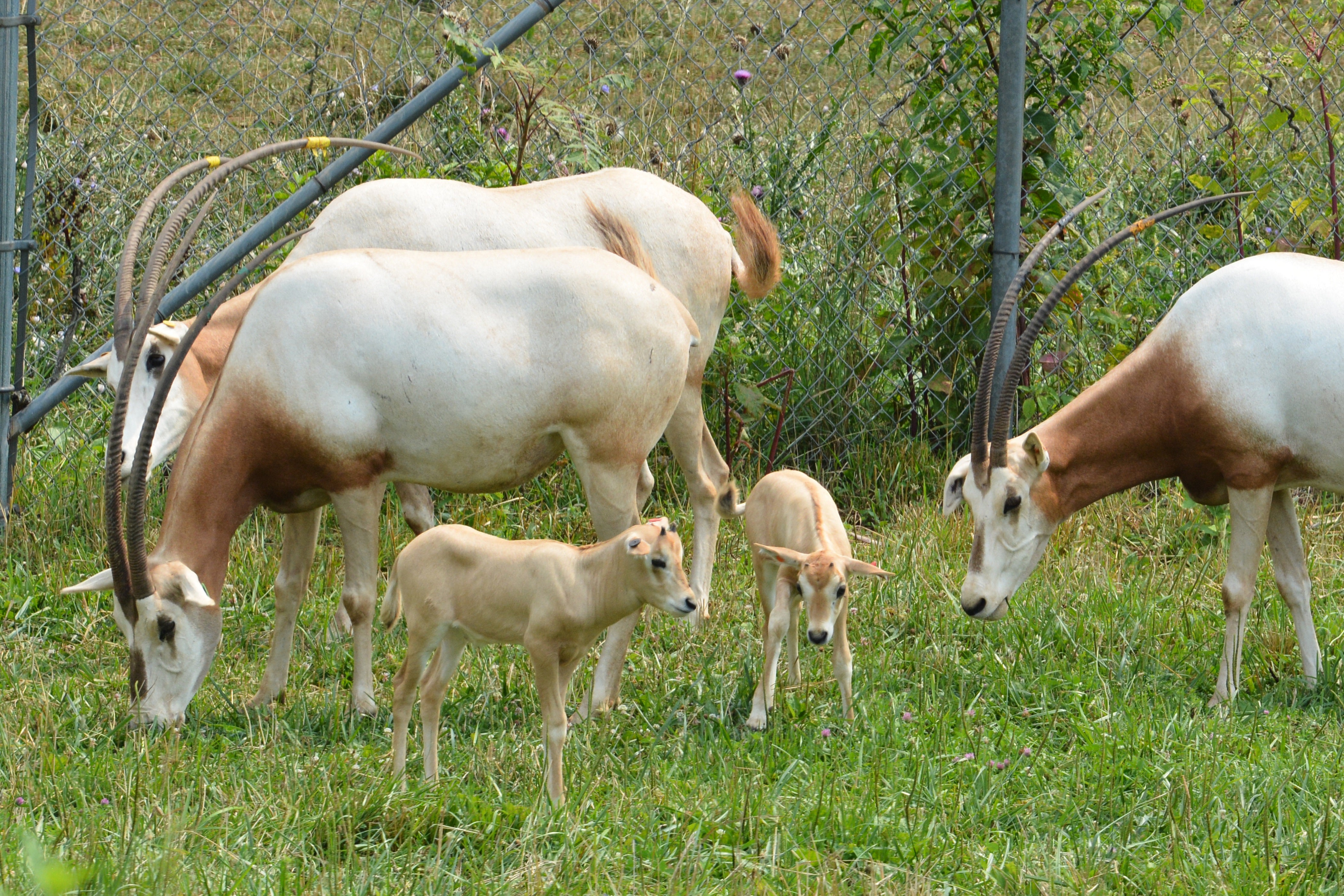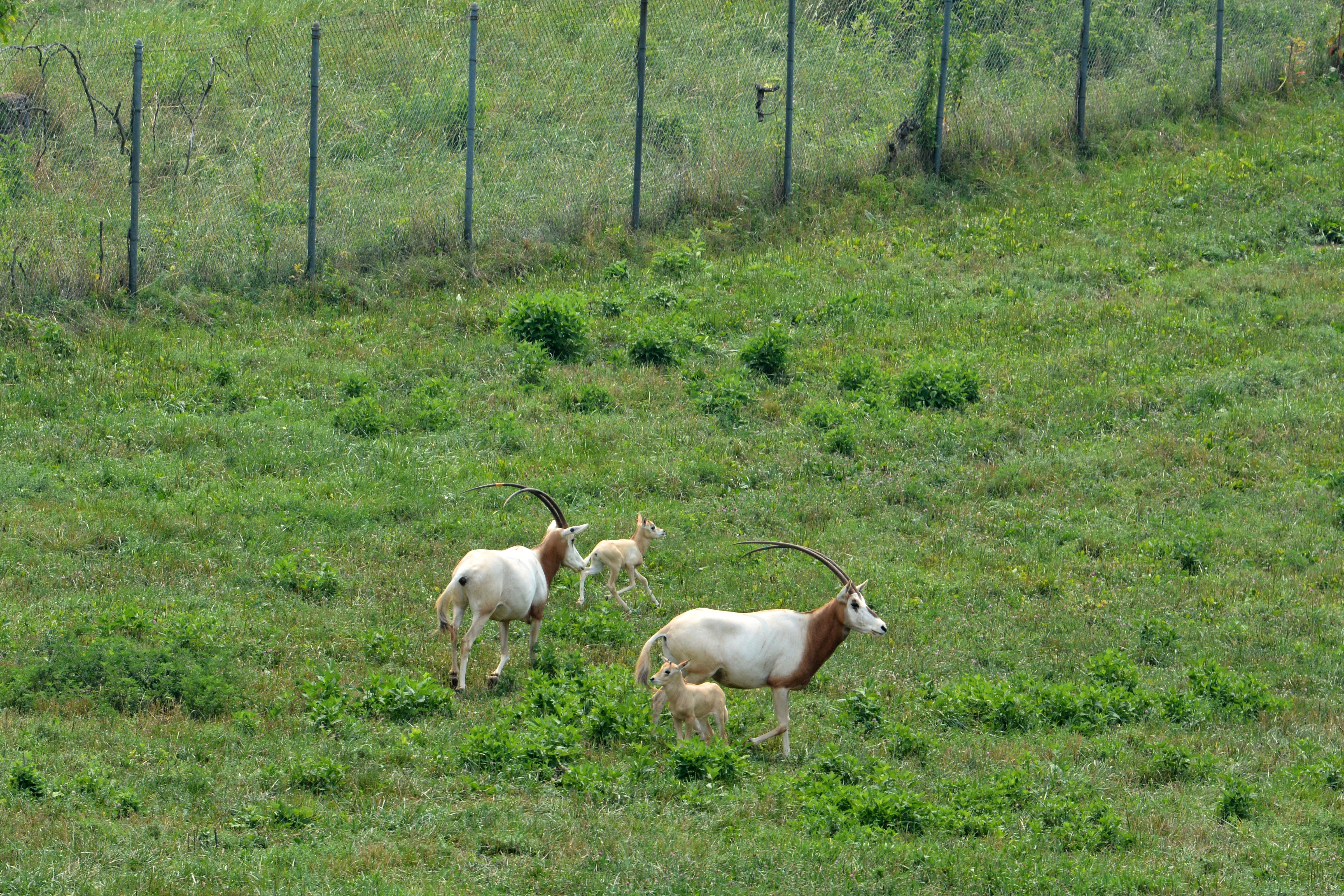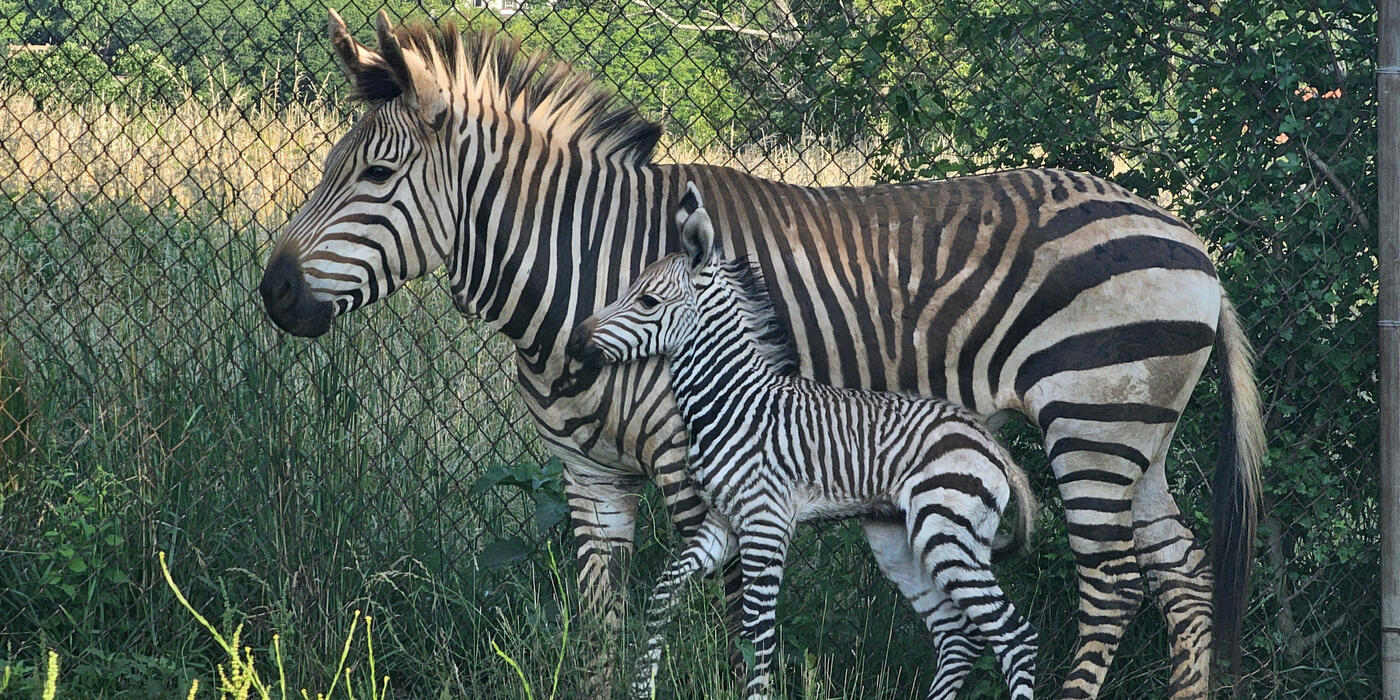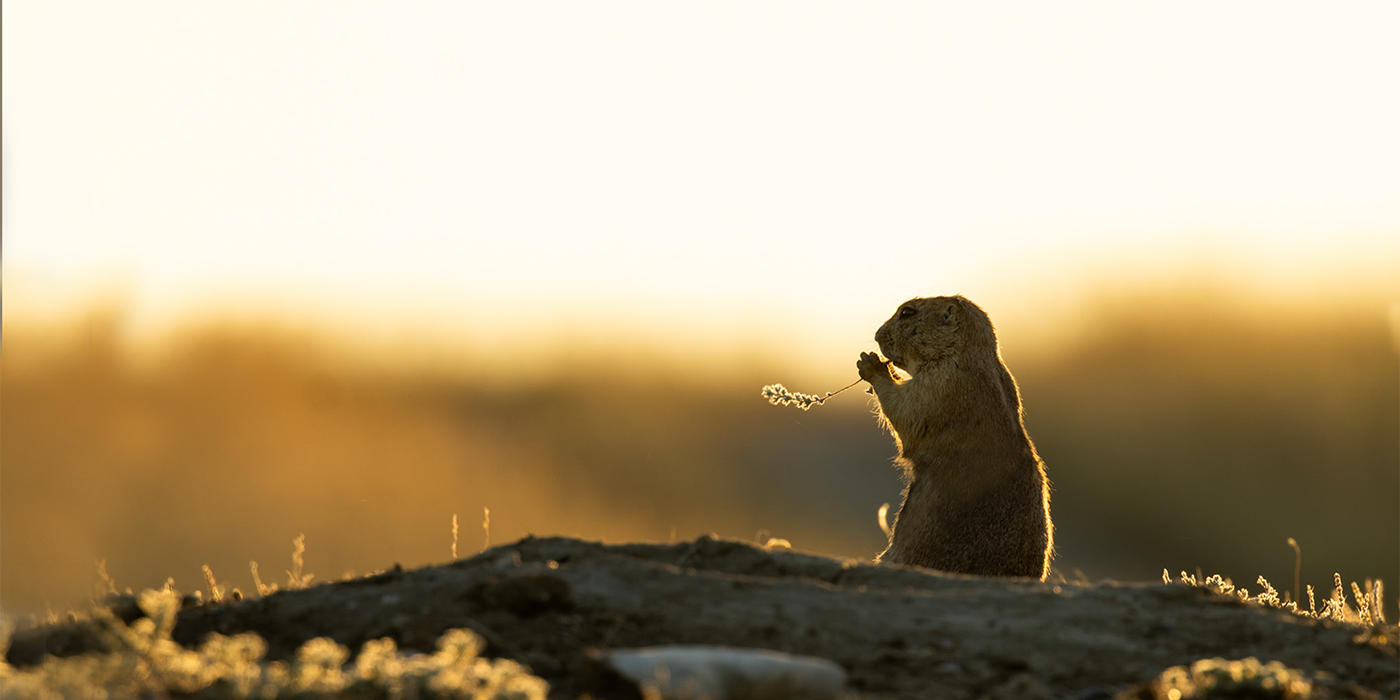Favorite Fall Moments With Onagers and Oryx
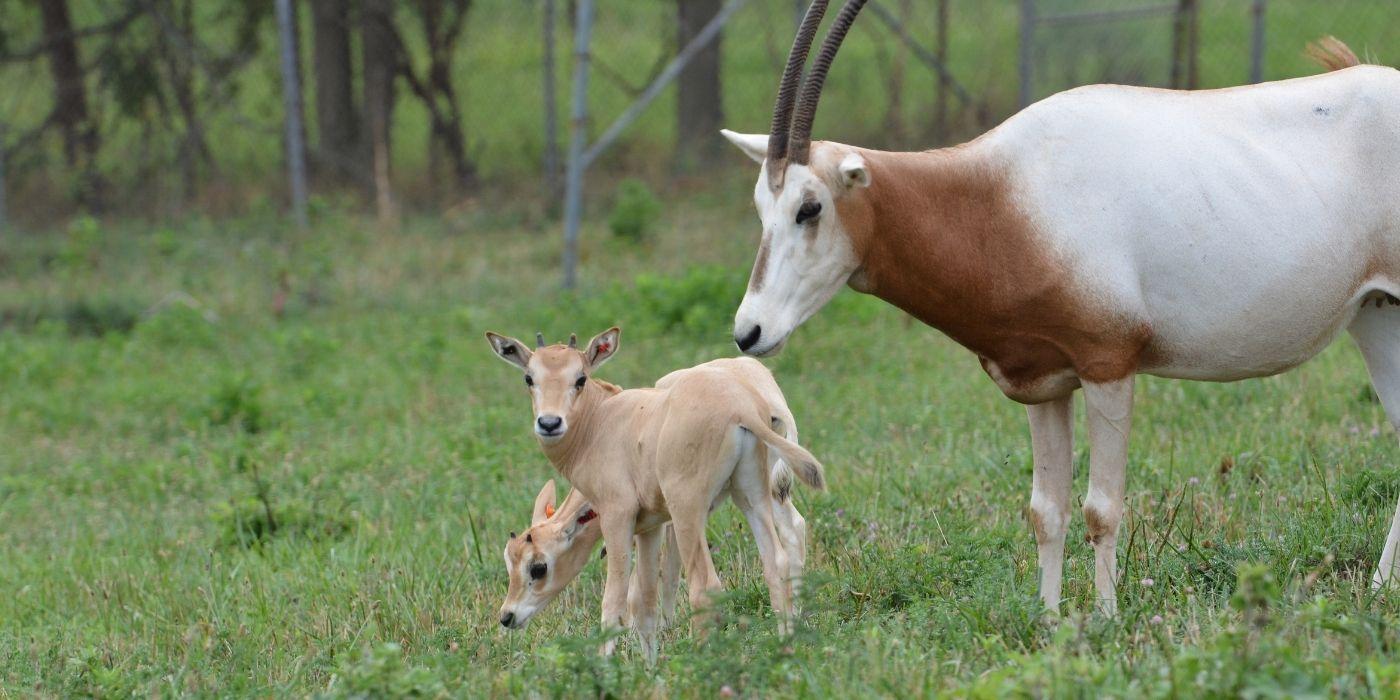
Persian Onager Filly
At 4 months old, our Persian onager filly is quite a character! She has always had a rambunctious side, but lately she has become even more inquisitive and bold. For starters, she takes great interest in “supervising” our animal care team while we perform daily husbandry routines. These days, she is quite comfortable leaving her mother Sayeh’s side to explore the pasture with our other young onager, a female named Riley. The pair often roam together, and we frequently see them interact with their neighbors—a herd of scimitar-horned oryx—at the fence that separates their habitats.
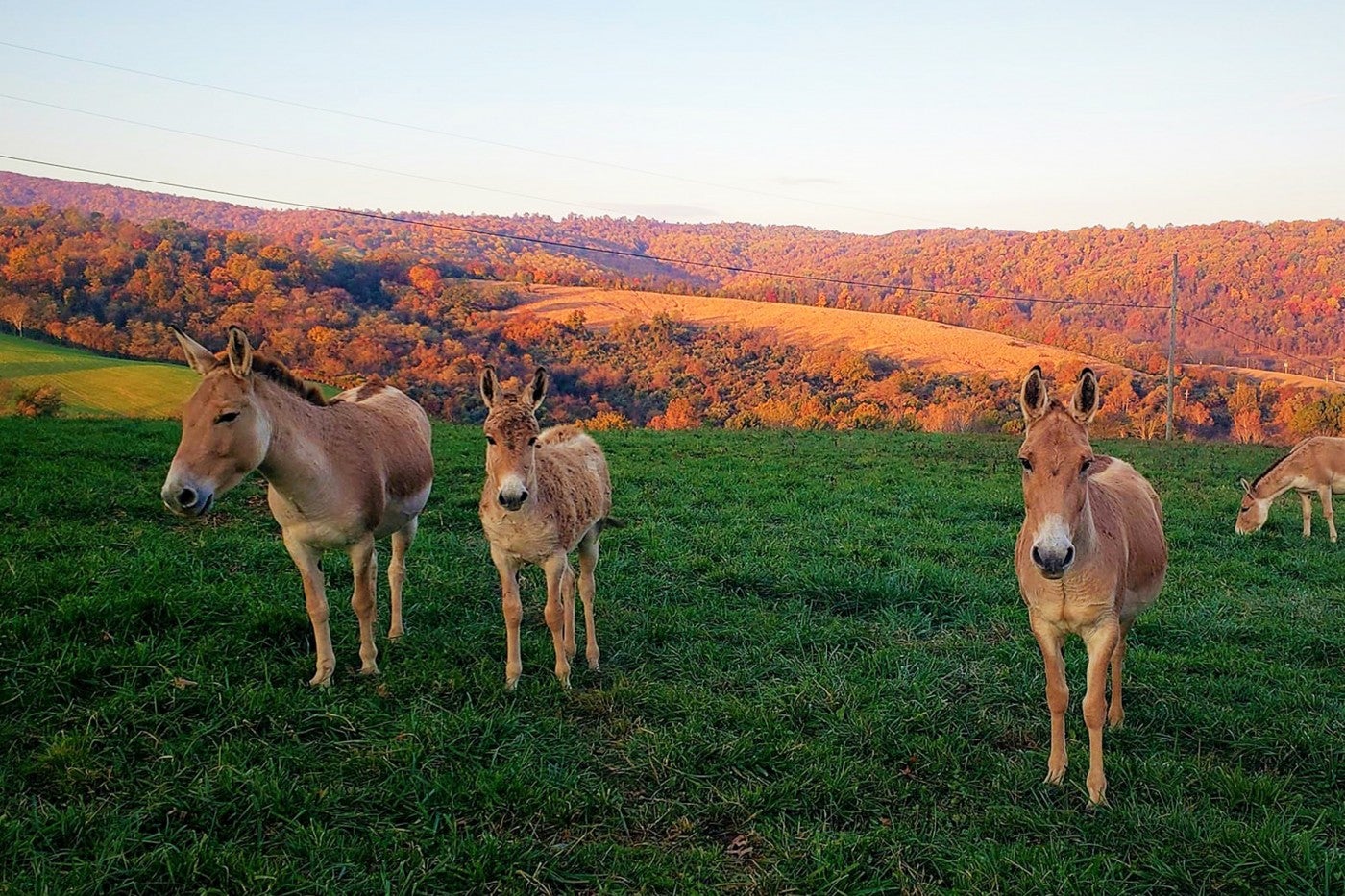
Our filly is also learning behaviors that will enable her to voluntarily participate in her own healthcare. From the time she was a month old, we began acclimating her to some of the spaces where we conduct routine health assessments on our animals, as well as some of the equipment we use. It is important that she is comfortable in this setting, so that when it comes time for an exam, the process is smooth and stress-free. A recent highlight was when she was able to calmly stand on the scale all by herself! She weighed in at 210 pounds (95.5 kilograms). The team is pleased with the strides she has made in husbandry training.
Scimitar-Horned Oryx Calves
Daily animal husbandry routines offer our animal care team the opportunity to witness many baby animal “firsts”—and one of our favorites was watching our scimitar-horned oryx calves Interact with the zebra herd at the fence line for the first time. Both our male (born July 9) and female (born July 10) are very curious, though he tends to be more bold and assertive, whereas she is more cautious.
Scimitar-horned oryx tend to be more skittish than Persian onagers. The calves stick close by their mothers, Esmerelda and Leanne, and never venture far from the herd. When it comes to husbandry training, it is important that we move at their pace. We want their interactions with us to be positive, so we are careful not to push them beyond their comfort level.
Recently, we started desensitizing the calves to the chute system where we conduct medical check-ups and procedures. Acclimation is a work in progress, but with time and patience, the calves’ confidence will grow. They pass through the chutes and over a scale for part of their daily pellet rations; this helps desensitize them to the scale and teaches them that it is a safe space. When they were newborns, the male weighed about 23 pounds (10.7 kilograms) and the female weighed about 19 pounds (8.6 kilograms). Four months later, they seem to have tripled in size!
These calves are particularly significant to the population in human care because both were produced via artificial insemination! SCBI scientists used CO-Synch—a protocol developed for the artificial insemination of livestock—to increase the chances that Esmerelda and Leanne would successfully conceive. Our reproductive physiologists used frozen-thawed semen that was originally collected from two different males 20 and 13 years ago. This scientific breakthrough means we can bolster the genetic diversity of scimitar-horned oryx—both in human care and in their native Chad—while minimizing the need to physically transport animals between breeding facilities.
This story appears in the December 2021 issue of National Zoo News.

